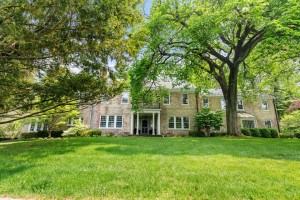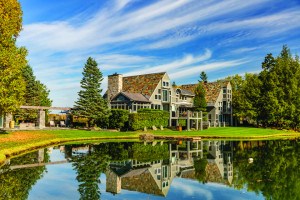Designers Are Hacking the I-93 Overpass This Weekend

Interstate 93 – Massachusetts by Doug Kerr on Flickr / Creative Commons
The I-93 overpass that draws a boundary between the South End and Fort Point, or the “neighborhood border zone” as the Design Museum Boston dubs it, has also created a dark, dreary area underneath its layers of concrete.
To reinvent the space, the Design Museum is turning to the community. It’s hosting the Urban Innovation Festival this Friday through Sunday at Channel Park, creating a holistic opportunity for teams to brainstorm and envision the space’s potential.
The initial goal for the festival was to increase safety for bikers and pedestrians, but the museum took the design challenge one step further—to increase the livability of the space and create a place that neighbors are proud to identify with.
Teams competing in the challenge hail from a range of backgrounds including engineering, design, and architecture, and represent companies like Bulfinch, Autodesk, and Bose. Each team is also joined by community members who have firsthand knowledge about the problems of the space.
At the end of the three-day festival, teams will present their solutions (whether that’s an installation, mobile app, or something else) to judges. Sponsors, which include Microsoft, Viber, and SoWa Boston, will fund the winning ideas to be refined, produced, and installed.
It doesn’t all end with a prize—the public is invited to offer feedback to the participating professionals either by stopping by or through social media. As an added bonus, they’ll be food trucks, kid’s activities, presentations, and community interviews taking place all weekend.
Part of the revitalization of the area has already begun with Pattern Walk. In September 2015, the Design Museum invited five local designers to create a pattern that celebrates and connects together different neighborhoods in the city. The patterns are on display in Channel Park until the end of the festival on Sunday.
“There’s amazing assets on both sides [of the overpass],” Design Museum Boston executive director Sam Aquillano said. “One of the big opportunities that I see is to create a bridge, to bridge those communities and get more interaction.”


